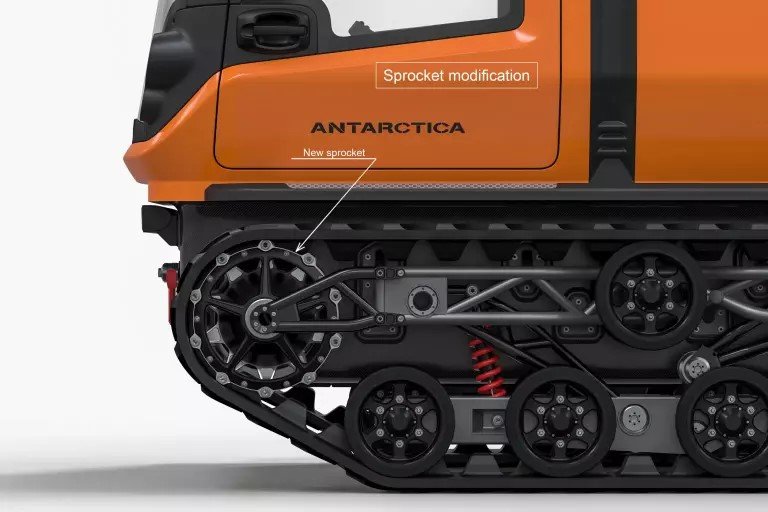The first battery-powered polar research electric vehicles is currently undergoing its first significant tune-up in preparation for the summer.
The scientists employ a zero-emission electric vehicles (EV) that was primarily intended for usage in -50°C winter temperatures to reduce the environmental impact of their research. However, summer lasts until March in Antarctica, and the researchers discovered the Venturi Antarctica vehicle needs extra cooling devices to operate as intended in the -10°C “hot.” As a result, the car’s manufacturer, Venturi(Opens in a new window), made three changes.
READ MORE: 3 Ways to Protect Your Business from Deepfake Threat
The toothed wheels, or sprockets, that power the tank-like tracks came first. Spongy snow hardens on them in warm temperatures, causing vibrations. They were replaced by less susceptible to snow apparatus by Venturi’s R&D Department in Monaco.

For a more comfortable ride, Venturi also enhanced airflow inside the vehicle’s pod-like cabin.

READ MORE: Leading Causes of Bitcoin Volatility.
Its second full year of operation has begun for the Venturi Antarctica. It initially arrived in December 2021 at the Princess Elisabeth Antarctica research station, the first zero-emissions outpost on the continent.
“The Princess Elisabeth station’s zero-emission design is ideal for the Venturi Antarctica. It’s a significant benefit for the scientists and crew at the station “According to Alain Hubert, the expedition leader for Belgian Antarctic research (BELARE).

Since 2007, the station has finished dozens of studies(Opens in a new window). They research polar ice shelves, marine biodiversity, the consequences of climate change, and other topics.


